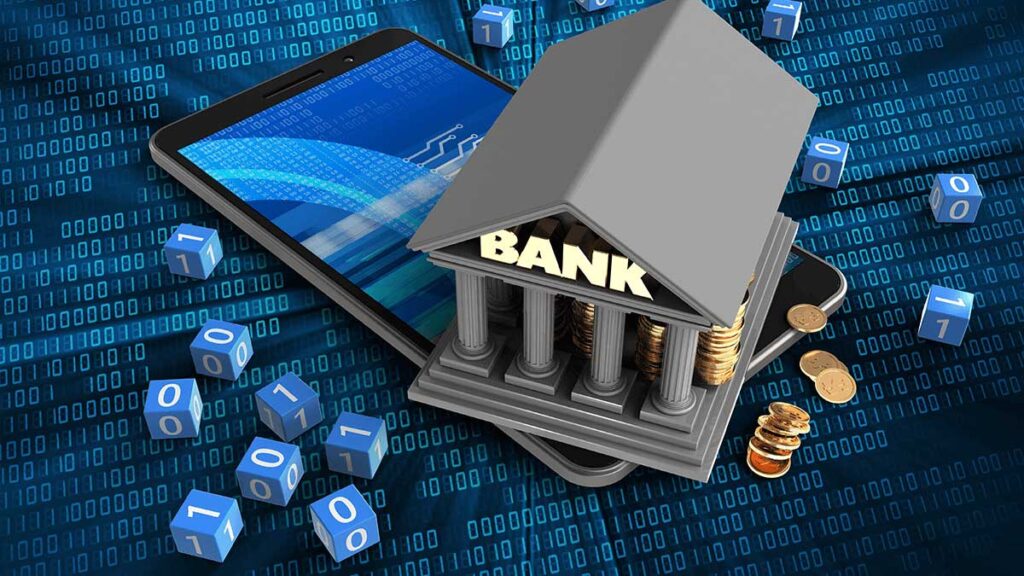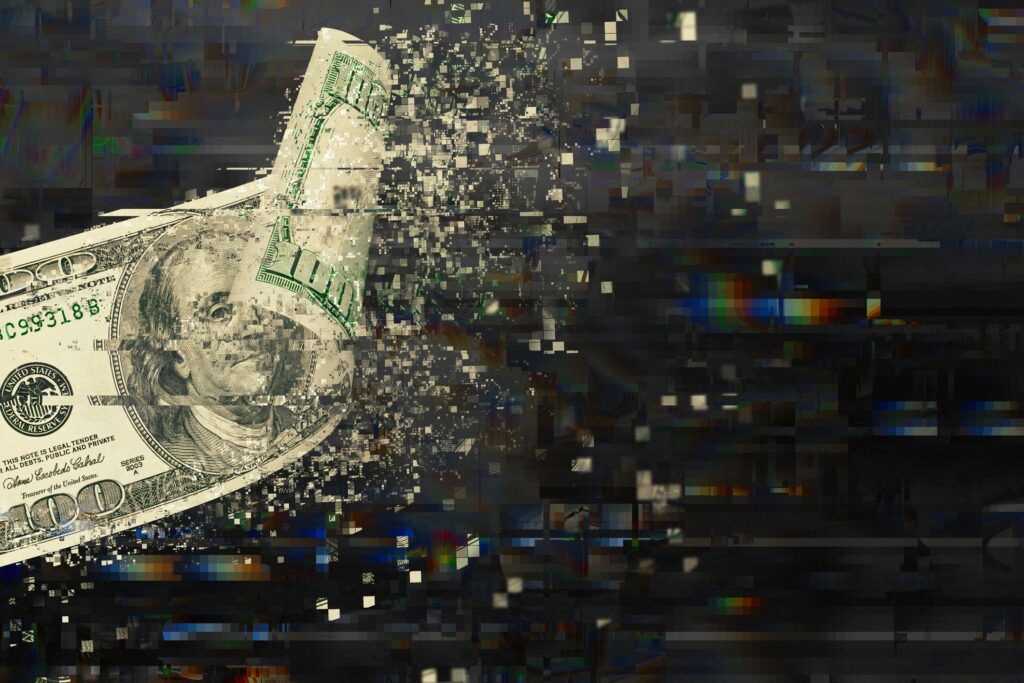Many of us fundamentally understand what cryptocurrency is: digital money. But how many understand how it really works?
No Banks Required
In the United States of America, many citizens spend their money with credit cards which digitally transfer ownership of physical money. That money, a unit of value traded for goods, was originally printed by the Federal Reserve Bank and now circulates the country between banks, stores, and wallets. Banks work like middlemen on financial transactions through credit and debit cards.

In contrast to this system, cryptocurrency is not managed by a government or bank like all tangible currencies. Instead, it is tracked by a bit of digital, public ledger called blockchain and moves from peer to peer without a middle man.
Digital Money
Similar to using Venmo or PayPal, we use cryptocurrency to pay for things online. The main difference is that numbers on a PayPal screen represent an amount of physical money stored in a bank somewhere, while the number of cryptocurrency units represents an amount of digital money stored on the internet as a blockchain. Rather than holding a piece of paper or a coin, you hold a bit of online code.
Is Cryptocurrency Real Money?
So how do we know this digital money is real and has not just been created or edited by an expert computer coder?

Cryptocurrency is digitally hidden through the use of cryptography. This is like hiding your money in plain sight. Part of the code is public, the part which measures value, and part is private, the part which keeps the bit of cryptocurrency’s identity unique. In this way, the same bit of cryptocurrency cannot be copied and used again, similar to how the US dollar has many unique markings preventing fraudulent re-creation.
Essentially, cryptocurrency works as a unique measure of value that enables stable, online financial transactions to occur.
If you’d like to learn more, you can check out some of our other posts on the subject.
